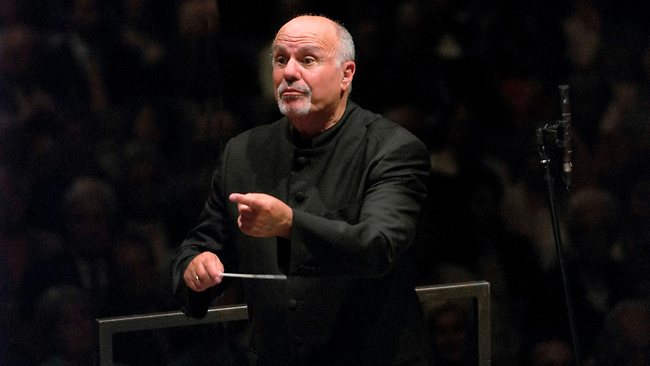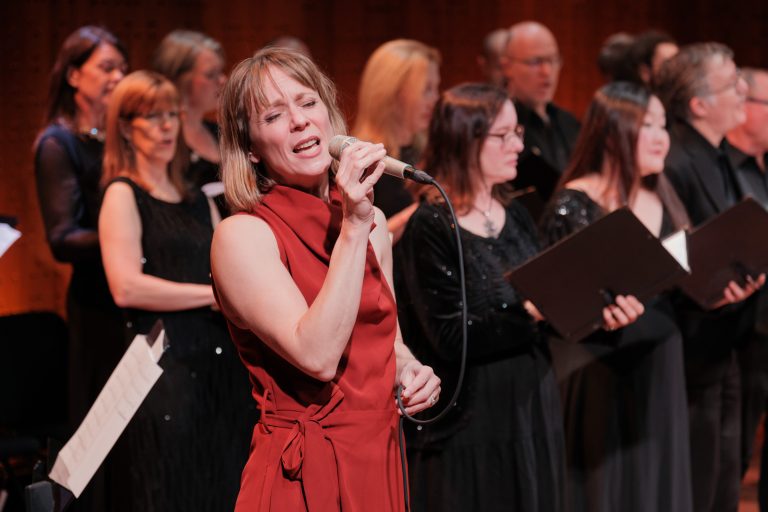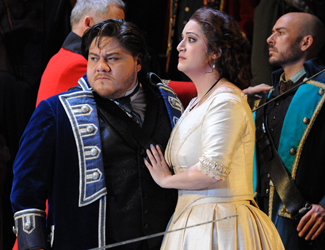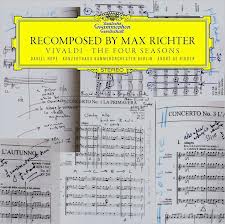Album Review: Schumann Cello/ Knighton And Farid/Move
Schumann Cello
Zoe Knighton, Amir Farid
Move Records
Cellist Zoe Knighton and pianist Amir Farid add to their anthology of recordings together, with this sixth album titled Schumann Cello, on the Move label.
The disc contains 23 tracks in 5 collections of pieces by Clara (1819 – 1896) and Robert Schumann (1810-1856). The 19th-century collaborative liaison of the Schumanns is one of the most famous and creative in music history. Clara Schumann was a precocious performer and a prolific composer who enjoyed as brilliant a career as was possible for women in the times. Her gifts were repressed by societal expectations. Yet, Robert was very supportive and their partnership gave rise to numerous works which reflected their deep love and musical synergy.
The first three collections on Schumann Cello are by Clara – 6 Lieder opus 13 (6 Songs), 3 Gedichte aus Rückerts “Liebesfrühling”, Op.12 (3 Poems from Rückert’s “Love Spring”) and Sechs Lieder aus “Jucunde” von Hermann Rollet, Op. 23, (6 Songs from “Jucunde” by Hermann Rollet) followed by two collections by Robert Schumann, 3 Fantasy Pieces Op. 73 (better known as Fantasiestücke) and Fünf Stücke imVolkston, opus 102 (Five pieces in Folk Style). The listings are inconsistent, alternating from numericals to written numbers, English to German, acknowledgement of only some of the poets, and the description of the opus 73 on the track listing as “6 Fantasy pieces” – there are only 3 (as stated in the liner notes)
Knighton and Farid have taken the opus 13, 12 and 23 by Clara Schumann, all collections of art song and effectively turned them into songs without words. The 6 Lieder in opus 13 are settings of deeply romantic poems by Heine, Geibel and Rückert; the words of opus 12 belong again to Rückert and of opus 23 to Hermann Rollett.
The art song is a unique beast – in equal partnership with the piano, the songs use various dramatic devices and narrative melodies to encapsulate a story. Transforming the songs into melodies for the cello capitalises on the dramatic possibilities of the cello, its capacity for melody and long lines of sweeping legato. Knighton portrays Clara Schumann’s ideas in a fresh light – and why should singers have all the fun anyway?! The instrumentation does however omit the story telling capacity of text and its ability to match words with melody and harmony. The loss of this dimension is mitigated by publishing the English translations of the songs in the CD booklet, although the poets should have been acknowledged, not only the translator.
These observations aside, there is a beautiful synergy, passion and tremendous empathy between Knighton and Farid in their performance. Farid is an exceptional accompanist. Tempi are teased without being sentimental and phrasing from both musicians is elegant as they shape the different moods and narratives of the songs. The dizzy Liebeszaube (opus 13), supported by a breathless triplet rhythm in the accompaniment is followed by the warm glow of Der Mond komm still gesangen; the duo gives a tempestuous account of Er ist gekommenin Sturm und Regen (opus 12) while An einem lichten Morgen is all radiance and light.
Robert Schumann’s opus 73, (listed as) Six Fantasy Pieces (though there only three) and Five Pieces in Folk Style, opus 102 are decidedly more bespoke for piano and cello. Opus 73 was written for clarinet and piano, although Schumann indicated that the clarinet part could be also performed on viola or cello. Knighton and Farid do ample justice to these Romantic cameos.
Stücke im Volkston are very different to the rest of the collection. The dreamy classical themes of love, night-time and nature are replaced by the simplicity of folk music. The opus 102 are Schumann’s only pieces for piano and cello and so occupy a worthy place at the end of this anthology. Mit humor is an entertaining picture of a drunken soldier; Langsam is an expansive elegy where the cello hands the theme over to the piano and then reclaims it as an elaboration.
The daunting double sixths of Nicht Schnell, mit viel Ton zu spielen and its extensive range, ably accomplished by Knighton, sit at odds with the folk nature of the opus 102 as Schumann seems to take this piece back to the concert hall.
Niche zu resch brings to mind children playing soldiers in the village square and the final piece Stark und markirt is another virtuosic concert-style piece which the performers build to a thrilling conclusion.
Shamistha de Soysa for SoundsLikeSydney©







